Miso paste is an ancient superfood eaten in Japan for over a millennia. Learn about the history of miso and how it evolved over the ages to be embraced as the national soul food.
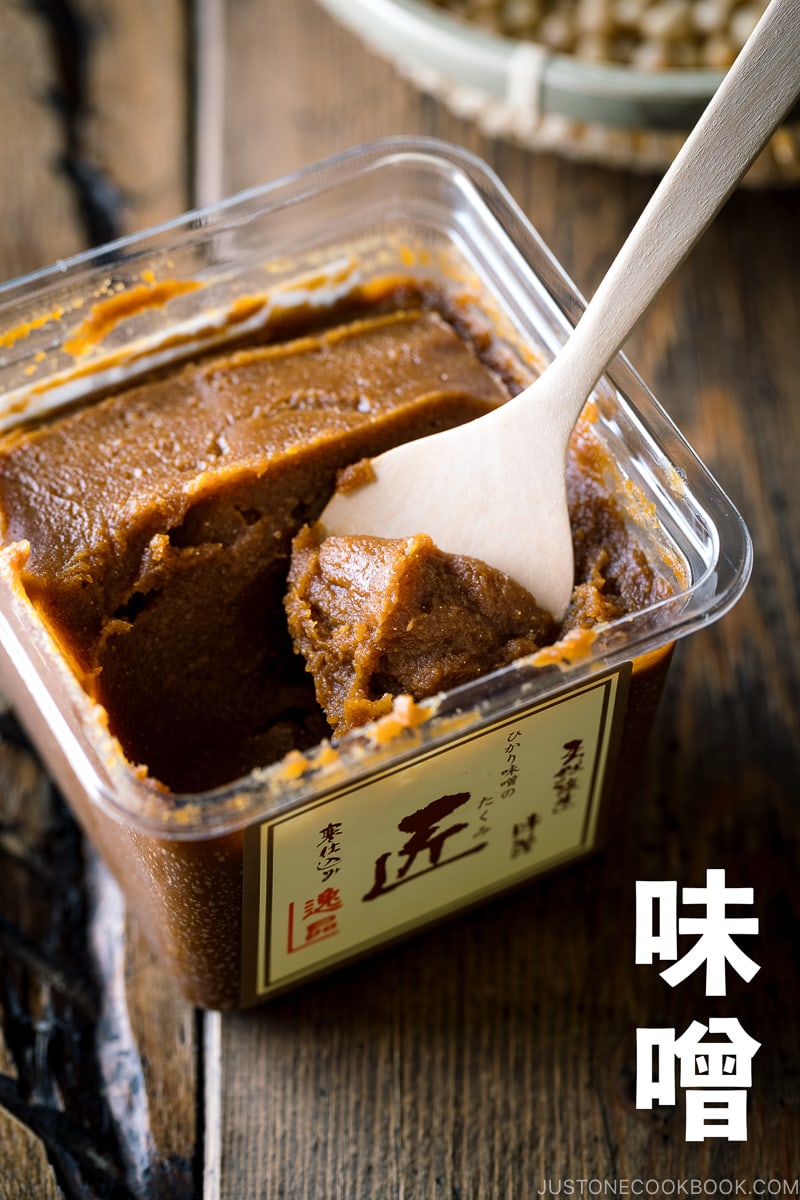
Miso, a fermented soybean paste, is so important in Japan that the cuisine and culture may have unfolded differently without it. It may surprise you how this unassuming brown paste has been vital to the Japanese!
So how has miso evolved throughout the ages to become a staple ingredient found at any supermarket? The captivating history may bring out the food nerd in you. Let’s take a look!
Ancient Origins
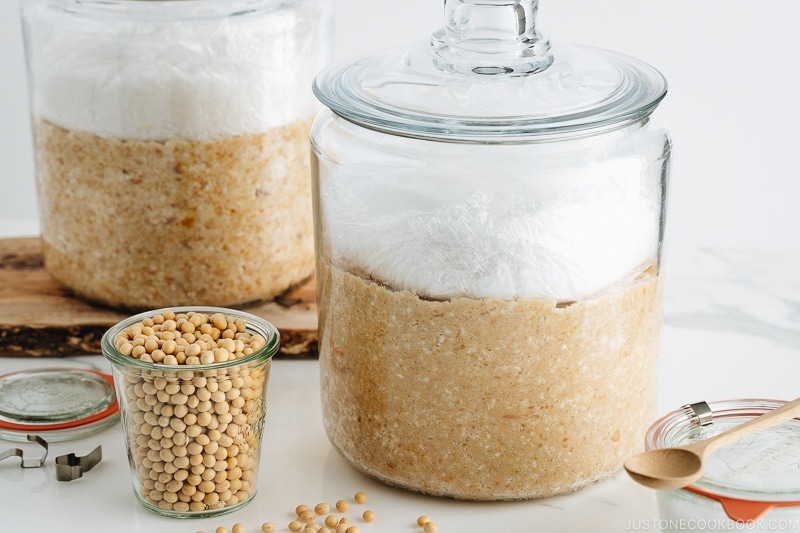
The history of miso is a little murky, but one theory says that it originated in ancient China and was brought over to Japan around the 6th century by Buddhist monks.
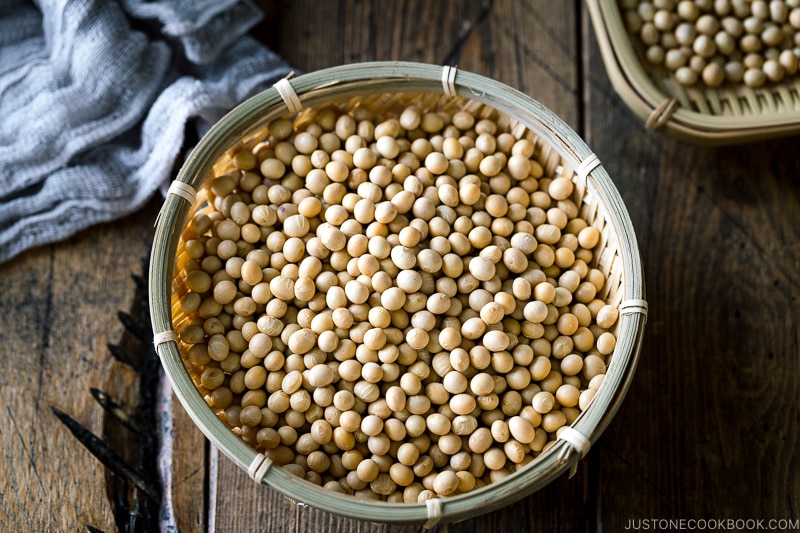
Called Hishio/Sho (醤, the same Chinese character for fermented Chinese condiments such as doubanjiang, tianmiangjiang, the Korean chili paste gochujang and also used to write soy sauce 醤油) or Shi/Kuki (豉), it was a fermented food product that may hail back to the 11th century B.C.
Hishio/Sho was made of pounded wild animals or fish mixed with salt, alcohol, and koji, which was then fermented in pots for over 100 days. Shi/Kuki was made of soybeans or grains and salt. The fermentation process allowed long-term storage of precious foodstuffs, which was necessary for the hunter-gatherer and early agricultural society.
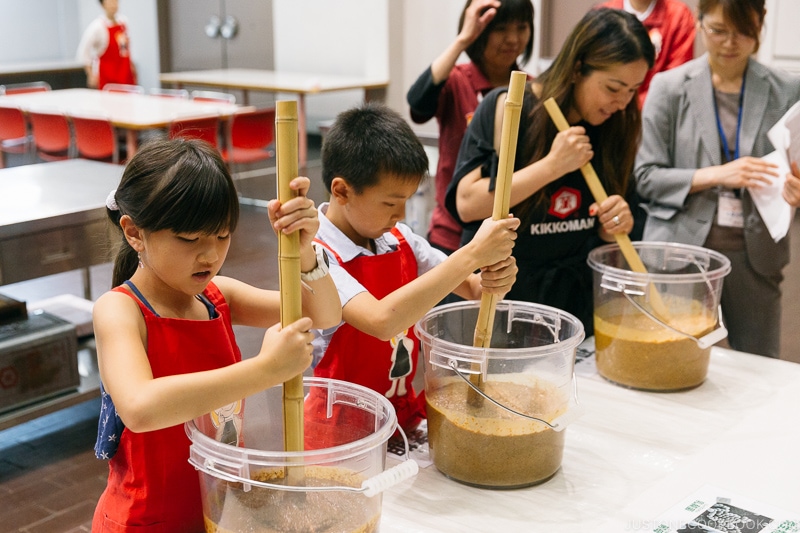
Another theory is that a prototype of miso existed in Japan as early as the Yayoi period (300 BC to 300 AD). There is evidence of a culture of salting and fermenting foodstuffs, such as wild animals, fish, and grains. As Japan has a temperate climate, it’s not surprising that fermentation culture existed before the Chinese introduced Hishio/Sho/Shi/Kuki.
Regardless of its origins, the first written record of this fermented product was in the “Taihō Ritsuryo” (『大宝律令』 “The Taihō Code,” 701) and noted it as Misho (未醤, literally “not yet Hishio/Sho”). This term did not exist in China. It is assumed that the Japanese produced their own version of Hishio/Sho, which evolved over time to be called “Miso.”
Miso, Uniquely Japanese
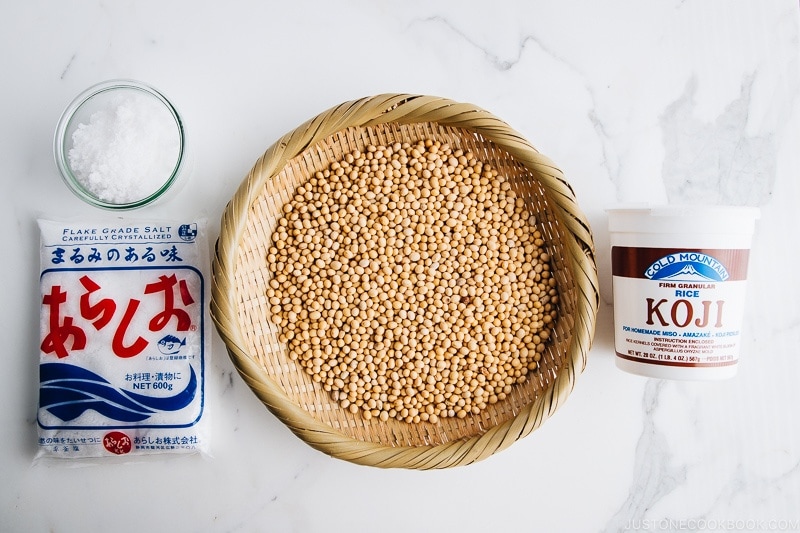
The oldest record of the term “miso” (written as 味噌) dates back to the Heian period (794 – 1185), written in “Nihon Sandai Jitsuroku” (『日本三代実録』”The True History of Three Reigns of Japan,” completed in 901). It was recorded that a monk received his salary in miso sent from Ōmi Province (present-day Shiga prefecture).
It’s also mentioned in “Engishiki” (『延喜式』”Procedures of the Engi Era,” completed in 927), where it notes that the nobility received their salary in miso and mochigome. Hence, miso was a luxury reserved only for the upper class and virtually unknown among the commoners.
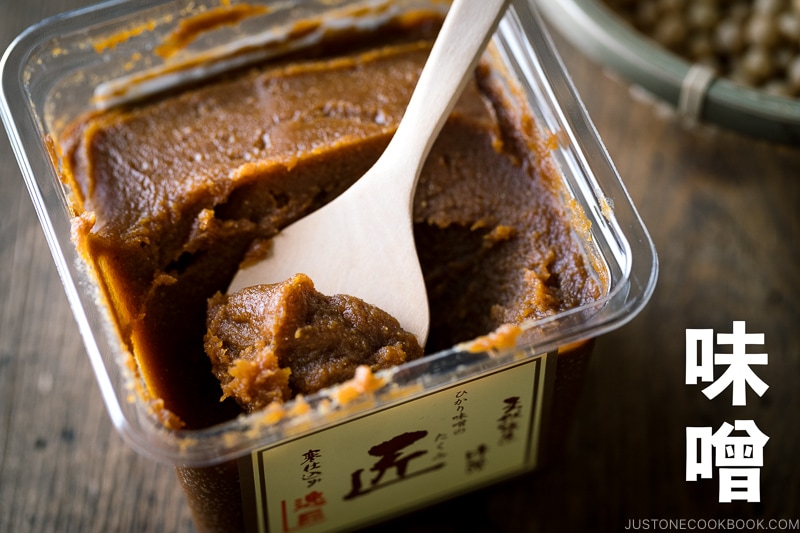
The miso eaten during the Heian era was made by salting and drying soybeans. Easily picked up with chopsticks, it was consumed in small amounts as a seasoning for steamed vegetables or fish, eaten with rice, or as a salty snack with sake. It was also used for medicinal purposes.
But it wasn’t long before rumors of this guarded food spread outside the nobility and monastery. With rice cultivation spreading across the country at the end of the Heian era, miso became a product fermented with rice koji, and regional miso made with soybeans, rice, and wheat appeared.
At long last, the growing demand for miso spurred the opening of miso specialty shops in Kyoto (the capital). Miso was even sold among other daily necessity shops, such as silk, cotton, combs, and needles.
The Birth of Miso Soup
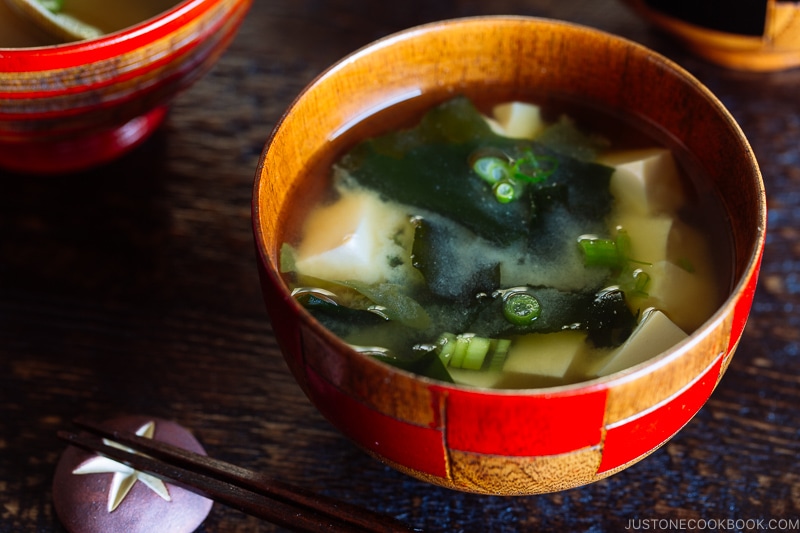
In the Kamakura period (1185-1333), miso underwent a radical change when Zen monks studying in China brought back the mortar and pestle. The monks grind the grainy miso in the mortar and dissolve the paste in hot water to make miso soup.
This method of consuming miso spread among the samurai class, who adapted the concept Ichiju Issai (一汁一菜, “one soup, one dish”) to their daily meal. Unlike its current form Ichiju Sansai (一汁三菜, “one soup, three dishes”), the meal was simple: a bowl of brown rice, dried fish, and miso soup. But this meal was not nutritionally deficient as the samurai obtained daily caloric needs from the brown rice, calcium and protein from the fish, and essential nutrients from the miso.
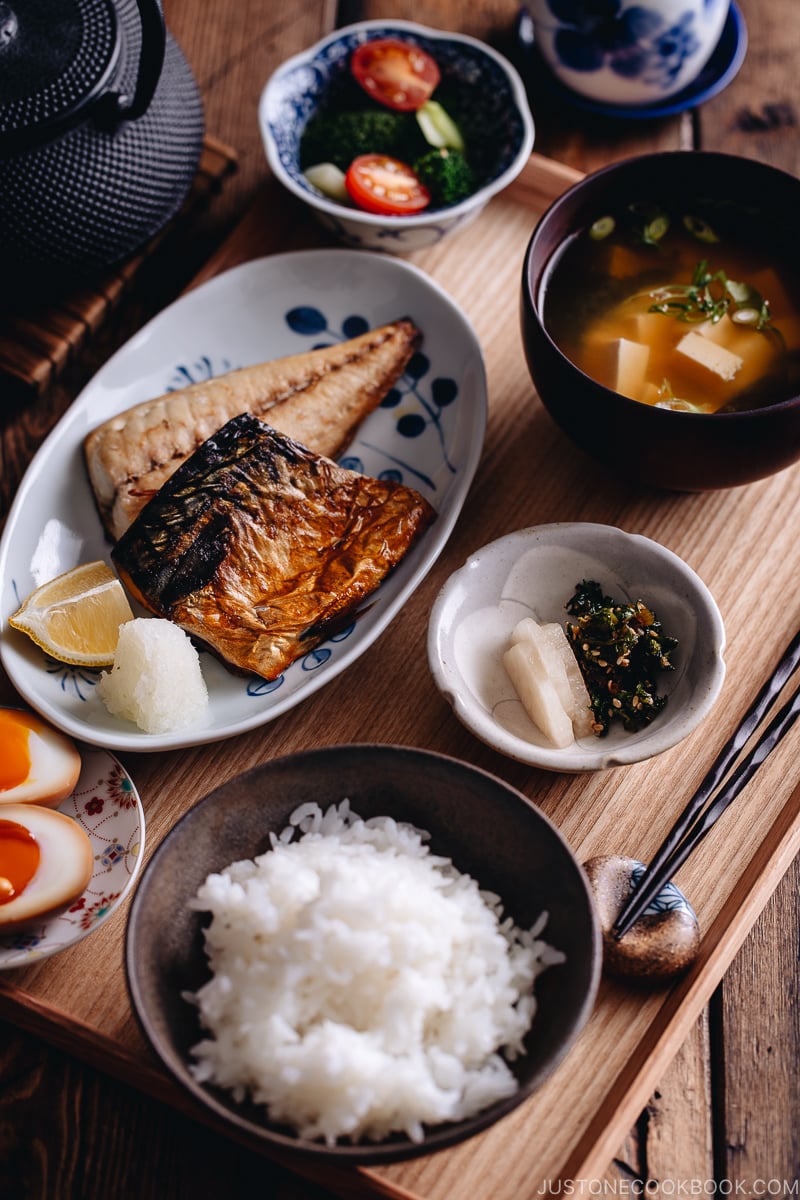
As written in the Imagawa Oozoushi (『今川大雙紙』, date unknown), a booklet on the proper code of conduct for the samurai, it was a common practice to stir rice into the miso soup bowl and eaten together since reheating cold brown rice was not possible. This was an acceptable meal and even served to distinguished guests.
However, this practice of mixing rice into miso soup is currently frowned upon and even considered taboo. Other rice in liquid dishes, such as Ochazuke and Zosui are perfectly fine.
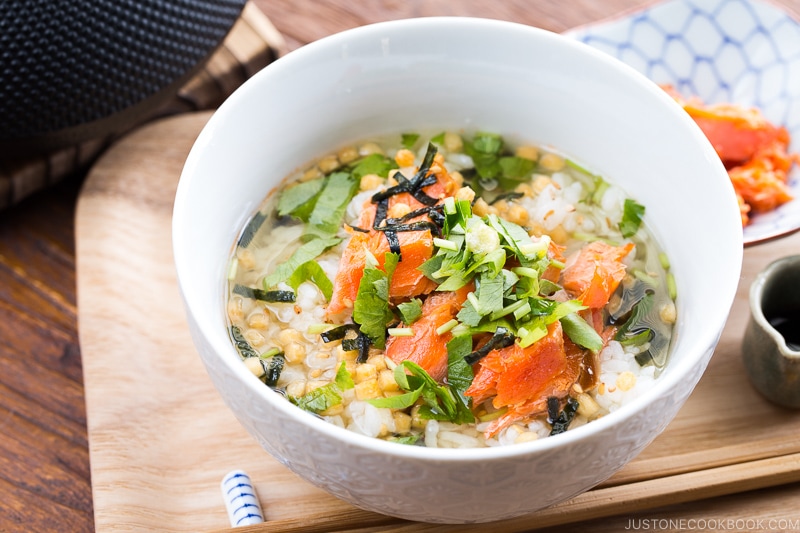
By the Muromachi period (1336-1573), the commoners started to adopt the habit of drinking miso soup, and miso production boomed thanks to government incentives of increasing soybean and millet yields. Farmers prized their homemade miso and would stock up on 2-3 years’ worth of miso, which was no doubt a lifesaver during cyclical famine and poor harvests.
What’s more, miso was cherished as a party food! The Samurai class hosted miso soup parties called Shiruko (汁講). At these parties, guests would bring cooked rice, and the host would prepare a big pot of miso soup with seasonal ingredients, which he would distribute to the guests. While these gatherings were nothing lavish, sake drinking, singing, dancing, networking, and camaraderie centered around miso.
Miso Soup to The Battlefields
During the warring Sengoku era (1467 – 1615), miso was an essential provision for the samurai on the battlefields. The brave soldiers carried portable miso soup around their waist, called Imogara nawa (芋がら縄). It was a belt made of dried taro stems simmered in miso, which they would either chew off and consume as is or cut off a section and pour boiling water for instant soup. Round-up and dried miso balls called Miso dama (味噌玉) were another portable miso soup savored on the battlefields. The boost of protein and the warm soup was undoubtedly an invaluable life-sustaining ration.
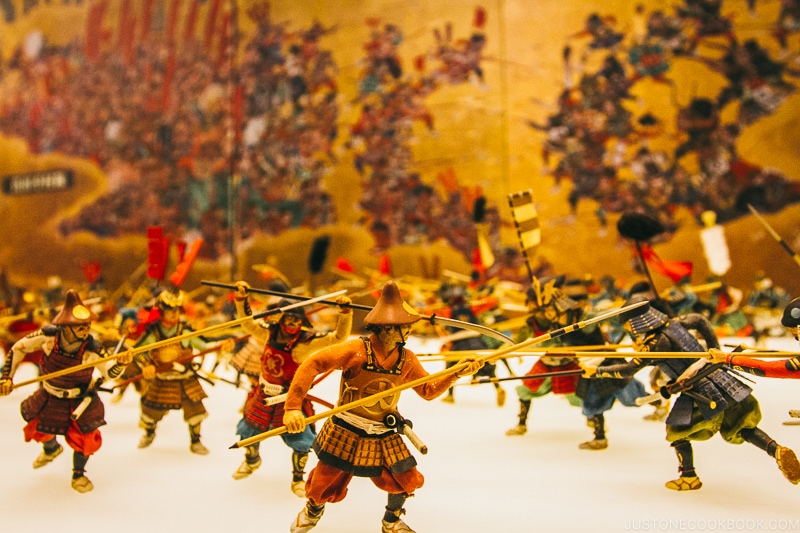
The legendary samurai warlords Takeda Shingen, Date Masamune, and Oda Nobunaga, among many others, actively promoted their region’s miso production as they believed miso was the ultimate war provision and key to victory. Even today, their hometown regions are known for their miso (Shinshu miso, Sendai miso, and Hatcho miso, respectively).
Miso During the Edo Era
With the population growth of Edo (now Tokyo) reaching half a million at its peak of the Edo era (1603-1867), the demand for miso outgrew the local supply. Miso produced from faraway regions such as present-day Aichi and Miyagi prefectures were brought to the city by land and boat, diversifying the variety and availability of miso. Miso appeared in comedic sketches, poetry, and even ukiyoe (woodblock printing).
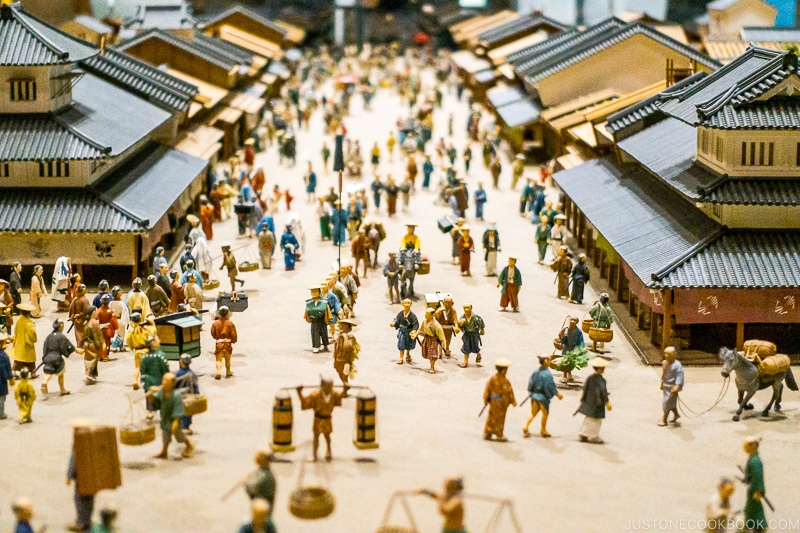
Miso was ingrained in the everyday lives of the Edokko (江戸っ子, nickname for the people of Edo), and its health and nutritious benefits were well known. There are many phrases and wordplays about miso, such as 「味噌の医者殺し」(miso is a doctor killer) and「医者に金を払うよりも、みそ屋に払え」(instead of paying the doctor, pay the miso shop), the Japanese version to “an apple a day keeps the doctor away.”
Written records such as the “Honcho Shokkan” (『本朝食鑑』, “Mirror of Food in Our Country,” 1695) mentions miso as “daily sustenance,” “eradicates poison” and “improves one’s blood circulation.” Miso was widely used in cooking, and miso soup was breakfast food for the Edokko (although interestingly, in the greater Kyoto/Osaka area, miso soup was an occasional food, and hot green tea was the preferred morning cup).
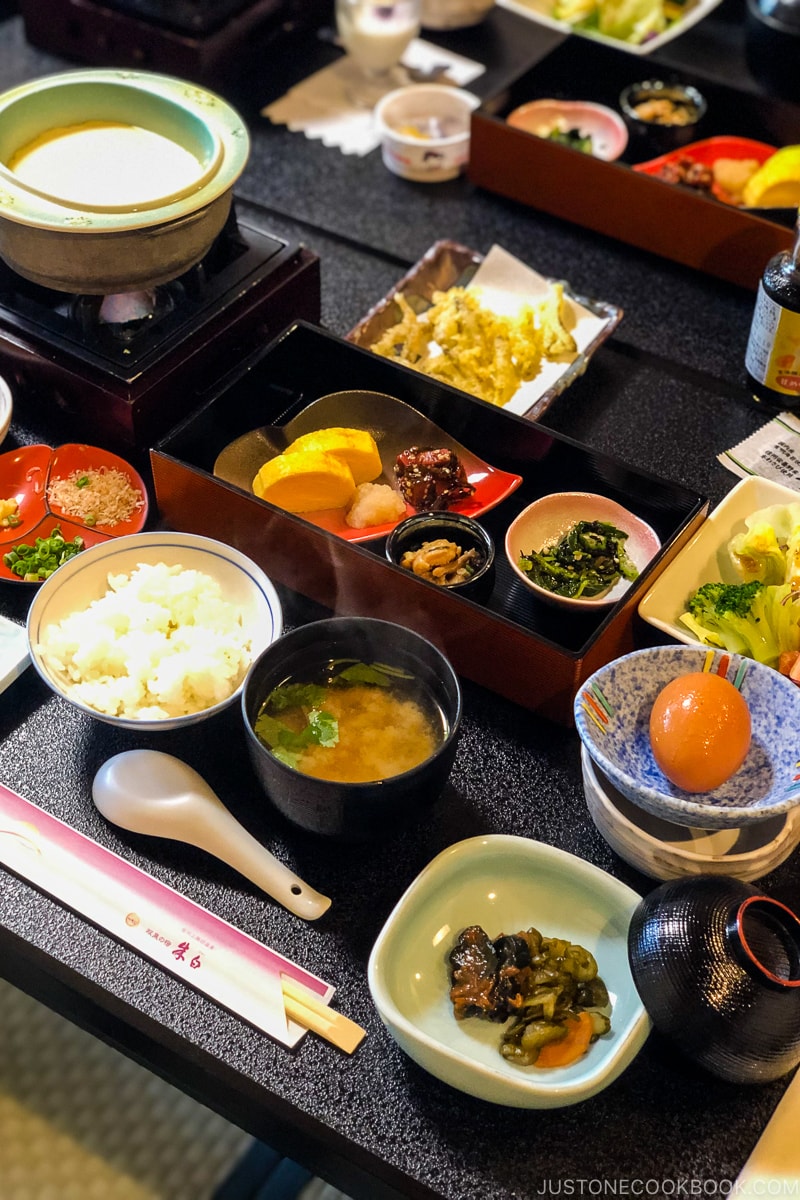
Miso soup was also popular among the upper elites, including Tokugawa Ieyasu, the first shogunate of the Edo era. While the average life expectancy was 37-38 years old during the Edo era, Tokugawa lived to 75 years old, had two wives and several concubines, and fathered 16 children.
His strength and vitality are supposedly due to daily miso soup containing five leafy vegetables and three root vegetables. The tradition of drinking a hearty vegetable miso soup at each meal continued through the following generations of the Tokugawa leadership, which continued for 15 generations. Who knew miso was the backbone of the Edo Shogunate?
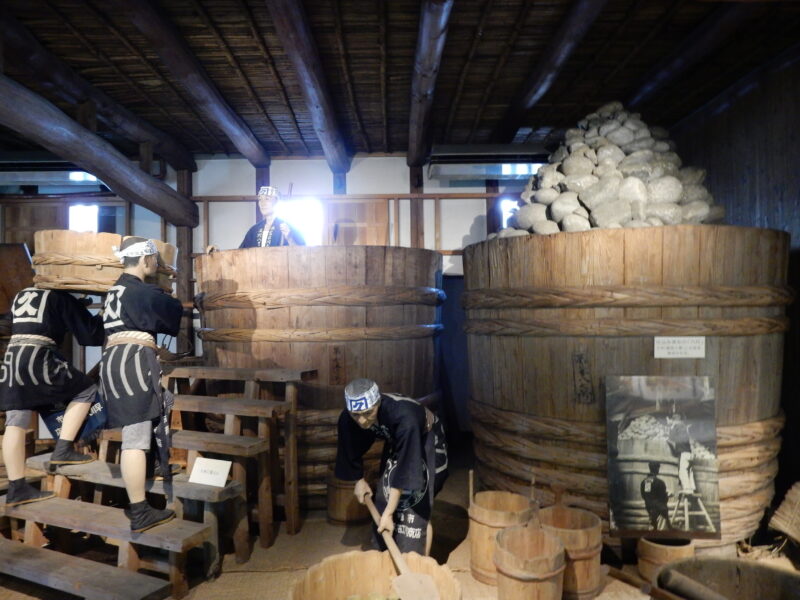
Edo Miso: Fresh, Quick, and Popular
The miso made during this time dramatically differs from the miso available today. Edo miso (江戸味噌) was made by equal parts soybeans and rice koji and was on the sweeter side (more koji = sweeter). It was low in salt (less than 10%), with a dark reddish-brown, and contained three times more rice koji than other varieties of miso, no doubt a luxurious treat.
Most strikingly, this miso was fresh. The fermentation lasted 14-20 days and had an extremely short expiration date of just ten days during the hot summer months. While this accelerated miso was not made for long-term storage, it met the growing demands for miso, so the Edokko would frequent their local miso shops instead of making it themselves. Despite the short fermentation, Edo miso was in no way inferior to the other varieties.
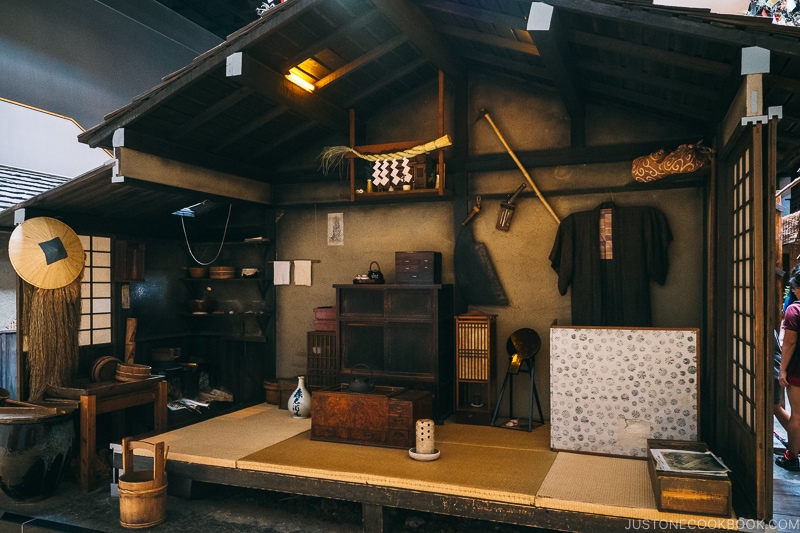
The poet Matsuo Basho eternalized natto miso soup, a popular way of drinking miso soup in the haiku 『納豆きる音しばしまて鉢叩 』”Hold for a moment/the sound of chopping natto/bowl beating” (1690).
Miso was also used in cooking to make Miso Dengaku and Saba Misoni, and many restaurants and casual dining spots used miso in various dishes.
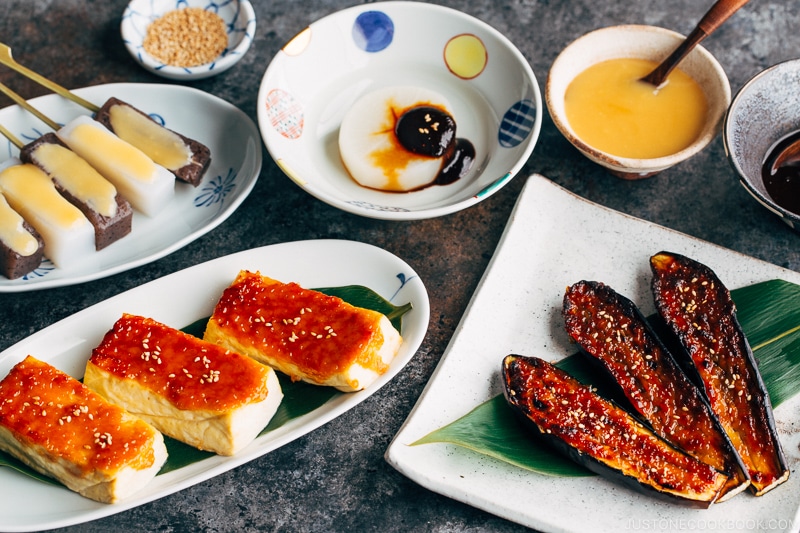
Unfortunately, Edo miso started to experience a decline in market share for several reasons. One was the flood of Sendai miso during the early Meiji era (1868-1912), which was made with less rice koji (and thus cheaper to produce) and higher in salt (suited for long-term storage and shipping).
The 1923 Great Kanto Earthquake further reduced the number of miso producers when 70% of the city burned to the ground. Finally, rice rationing during the Pacific War made the rice-heavy Edo miso a nonessential indulgence, and the military government banned its production. While some miso purveyors in Tokyo have recreated Edo miso, it has mostly disappeared from the mainstream miso realm.
Miso in the Modern Day
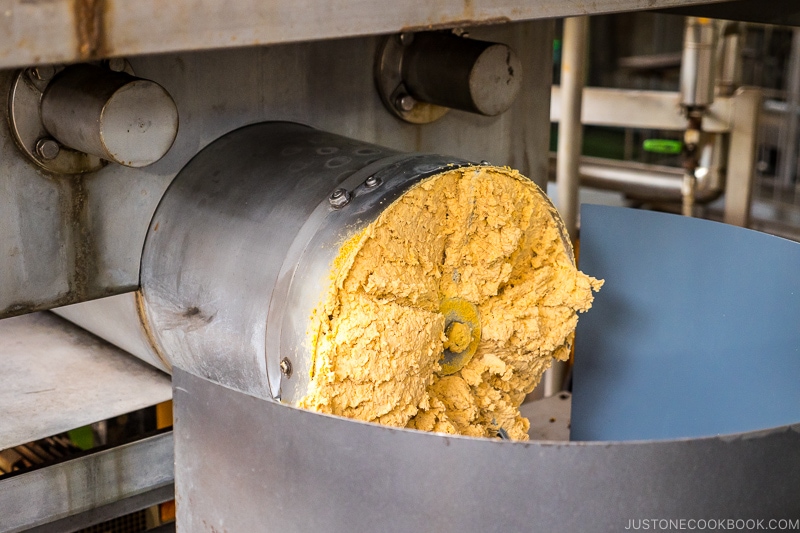
Although the history of miso spans over 1,300 years, its production in Japan has dramatically decreased by 40% over the last 50 years. To compare, the annual consumption of miso per household in 1970 was 15kg, whereas just 7.2kg in 2008.
Urbanization, economic growth, the westernization of the Japanese diet, and the entry of more women in the workplace prioritized convenience over laborious home-cooked meals. Yet interestingly, miso is going through a new phase, both within Japan and abroad.
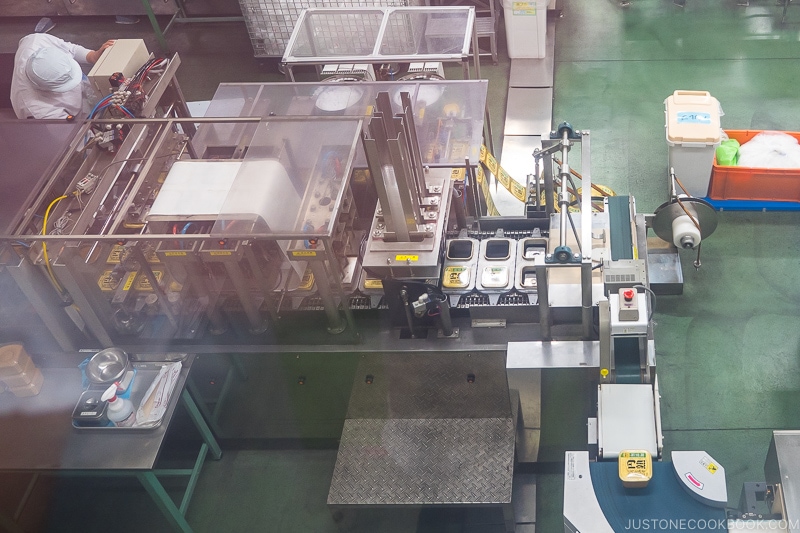
Mechanized Production
During the postwar era, many food companies scrambled to rebuild the devastated food system to feed the hungry population. One was Marukome Miso, which developed accelerated miso that was affordable, readily available, and broadly appealed to the Japanese’s diverse taste palates. Marukome mechanized and revolutionized the miso production system, which previously relied on a small-batch and traditional method that was primarily unchanged for nearly 1,000 years.
Miso with Dashi Included
Perhaps the most innovative miso in recent years is miso with dashi included (だし入り味噌). With this convenient variety, home cooks can easily make flavorful miso soup by skipping the task of preparing dashi from scratch. First sold by Marukome in 1982, this genius product underwent a year of testing to mix Kombu and Katsuobushi dashi into miso successfully without killing off the probiotics. “Ryotei no Aji” (料亭の味) catapulted Marukome’s sales to become the biggest names in the miso industry, and miso with dashi remains their top seller to this day.
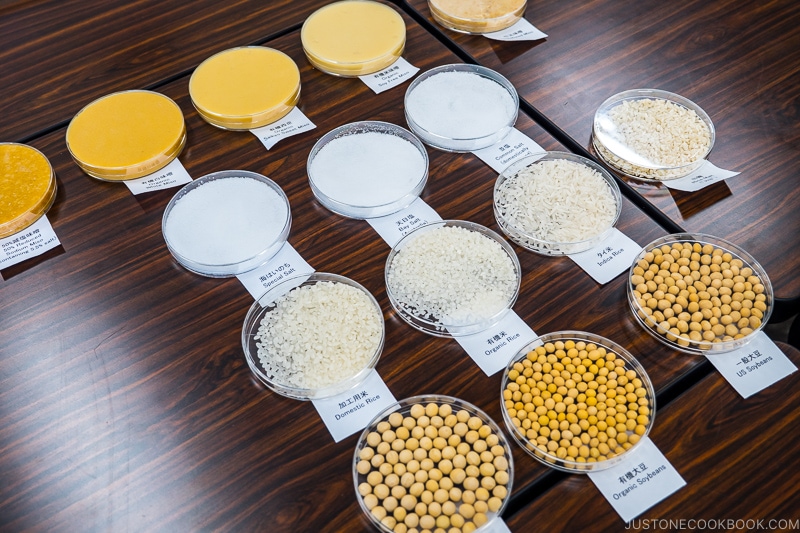
Liquid Miso
Marukome’s success followed liquid miso (液味噌), dashi added miso in squeezable plastic bottles. This product was born from consumer feedback that miso was difficult to dissolve in hot water and would result in clumps in their soup. Thus, the liquid miso version of Ryotei no Aji can be directly poured into a pot or bowl of hot water and stirred for almost instant miso soup.
Countless other miso companies have produced new types of miso, such as powdered, freeze-dried, low-sodium, and calcium-fortified miso. Local miso can be found from the northern Hokkaido down to the southern Okinawan islands, where you can find diverse miso using different ingredients and methods.
Thus, miso continues to evolve and adapt to the changing times to suit the needs and demands of the consumers.
Miso Beyond Japanese Cuisine
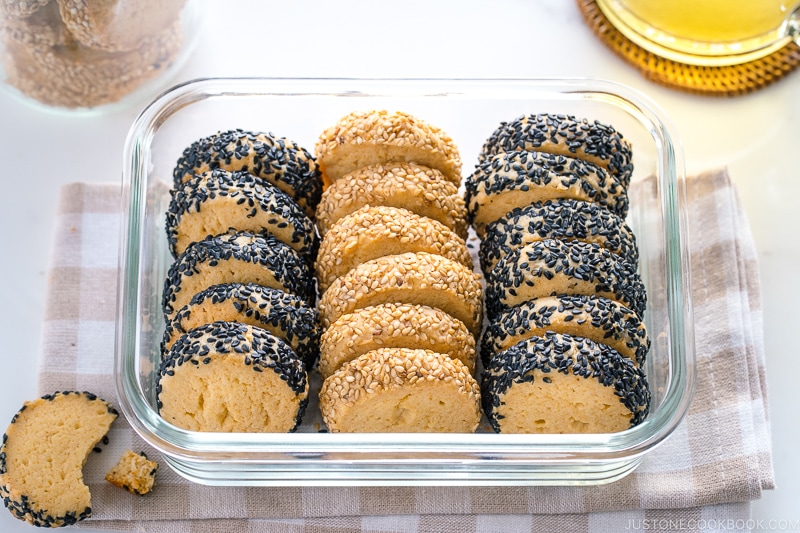
The domestic production and consumption of miso might be dwindling, but miso exports have increased tenfold from 1977 to 2012, when 10,083 tons of miso were shipped worldwide. Major miso companies have also set up factories outside of Japan to reduce shipping costs while selling miso unparalleled to the quality sold in Japan.
Major miso companies such as Marukome and Nami’s favorite Hikari Miso have played an instrumental role in expanding the accessibility of miso outside of Japan. Recognizing Washoku (Japanese cuisine) as an intangible cultural heritage by UNESCO in 2013 further boosted miso to the global stage. These various efforts have transitioned miso from a humble ingredient into a mainstream product in supermarkets and kitchens worldwide.
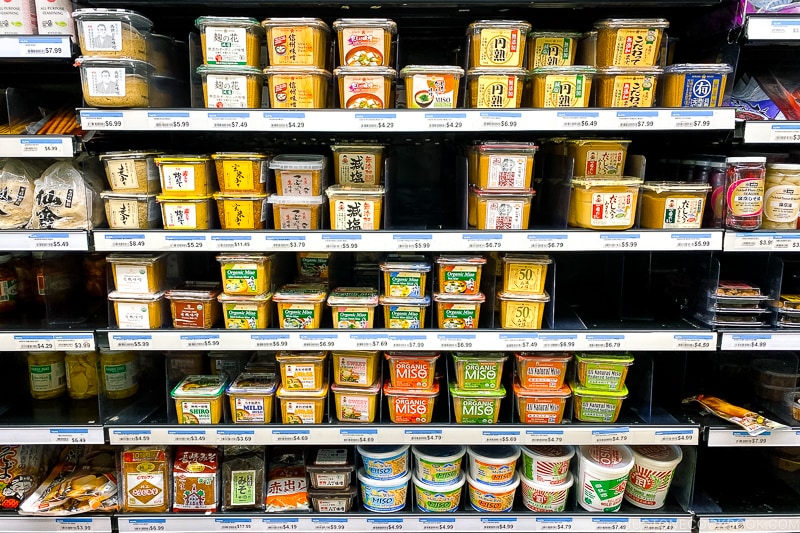
Miso has been embraced by the healthy food phase in the western hemisphere and the macrobiotic community, further boosting its recognition outside of Japanese cuisine. But this did not leave small artisanal miso producers in the dust, as they could also take advantage of miso’s popularity and sell their low-tech, high-quality product.
Many non-Japanese chefs and restaurants also embrace miso’s versatility and flavor potential. The legendary French patisserie Pierre Hermé has experimented with using miso in his famous macarons, releasing the white miso and chocolate macaron in 2015, followed by the white miso and lemon macaron in 2017. The chef and founder of the Momofuku restaurant empire, David Chang, slathers a compound butter with miso on many of his dishes, such as fish and chicken, roasted carrots and asparagus, and baked potatoes.

And, of course, you’d find non-Japanese food companies joining the bandwagon by offering miso made with different grains and beans that cater to the diverse demand of customers (even Trader Joe’s has their line of miso!) If you search online for miso recipes, you’ll find them used in many non-traditional recipes, such as glazes, marinades, salad dressings, and baked goods. The Edokko would surely be surprised that their beloved miso has jumped over land and sea to be eaten around the globe.
To learn about the varieties of miso, such as kome miso, mugi miso, shiro miso, and red miso, read this post on all things miso. For the nutritional benefits of miso, read The Health Benefits of Miso. For ideas on what to add to miso soup, follow Nami’s recipe for Homemade Miso Soup.
More Good Reads on Japanese Food History:
- Yoshoku: The Japanese Adaptation of Western Cuisine
- The Cultural Significance of Japanese Rice
- Chuka Ryori: Japanese Adaptation of Chinese Cuisine
- Ekiben: Japanese Railway Bento
Sign up for the free Just One Cookbook newsletter delivered to your inbox! And stay in touch with me on Facebook, Pinterest, YouTube, and Instagram for all the latest updates.
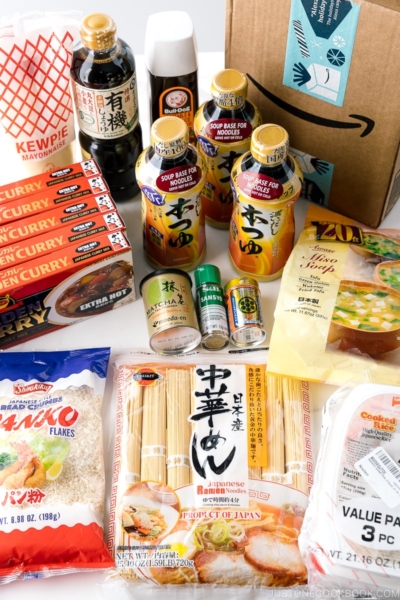
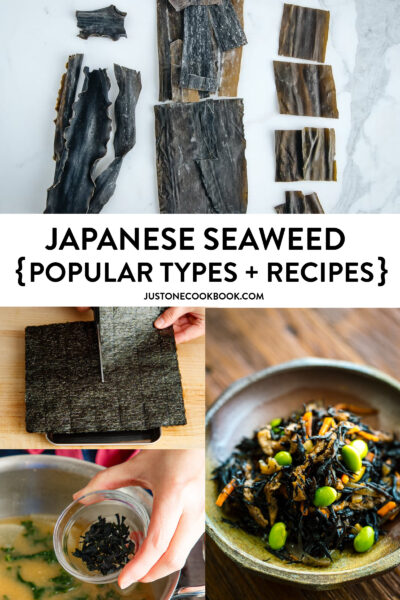
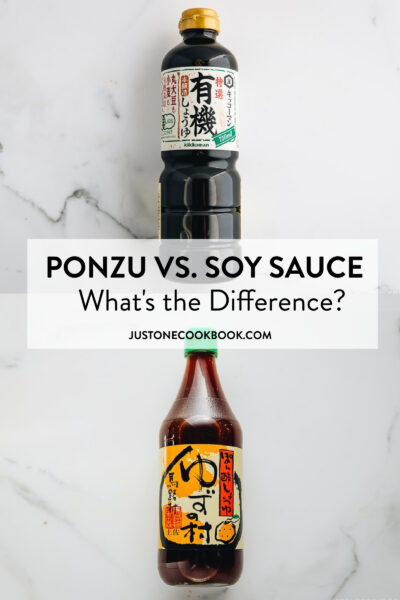





Love articles like this! Just curious, why is the practice of mixing rice into miso soup frowned upon and even considered taboo? I noticed people don’t do so, but have always wondered why that’s the case?
Hi Nette! Thank you for reading 🙂 To answer your question why mixing rice into miso soup is a faux pas, there are several reasons.
One is that by pouring miso soup into your bowl of rice, it looks like a landslide (the rice crumbling into the soup). As a country where 70% is mountainous terrain, landslides are frequent even today especially after typhoons, heavy rainfall or earthquakes. Thus, in the olden days miners, construction workers, lumberjacks and other professions working in the mountains considered this meal taboo.
Another is that there’s a phase 「味噌をつける」(literally “putting miso (on something)”), which means “to make a mess of it/to lose face/to embarrass oneself” so the association of putting miso (soup) on rice had this negative connotation.
Another reason is because before the invention of mass marketed pet foods in the 1970s, cat owners would feed their cats leftover food and pour a fish based dashi (because the Japanese think cats like fish). This was called Nekomanma ねこまんな (neko = cat, manma = baby word for food). In some reasons, this was also called Inumeshi 犬飯 (inu = dog, meshi = rice/food). So the logic was combining rice and miso soup was pet food and not suited for humans.
FYI, growing up, Japanese children are taught not to mix rice and miso soup because it’s bad manners, but we were never taught why. I guess we just accepted what our parents/elders taught us. I don’t think many know the reasons why (except the curious who hunted around the internet for answers like me heh).
Hope this answered your question!
Thank you for an very interesting and informative article! As I read this before breakfast yesterday, I was inspired to have miso, spinach, rice, and egg for breakfast. I did the taboo thing by using leftover brown rice in my soup! I wasn’t always a miso fan. My dad, who was a nissei, used to make himself a cup of miso soup before bedtime. At the time, we could only get one brand and maybe both shiro and aka types (I grew up in Minnesota in the ’60s and ’70s). The miso shiro was too sweet for my palate, and he never added dashi. When I got older, more types were available and I became a fan. Now I live in California, where I have many more choices–I have at least four types in my refrigerator, plus a Korean version!
Hi J! Glad this post inspired your breakfast! Wow, 4 types plus doenjang?! I hear the Asian supermarkets are amazing in CA, must be very different compared to your upbringing in MN. Thanks for sharing 🙂
Love these articles. Had to tell my wife about miso/taro belt.
Hi Brent! Thanks for reading and hope your wife enjoyed it too 🙂
Thank you for this very interesting article. I am a Miso fan!
Hi Carol, thank you so much for reading!
I really enjoyed reading this. At first glance at the headline, I thought you were going to post photos of your dog named Miso (cute!) which I would have enjoyed but this history of Miso was so in depth and interesting. Thank you for your research on this basic pantry food in our household! Think I’ll request my husband to BBQ some Miso Salmon!
Hi Annie! Haha, sorry it wasn’t about 🐕 Miso’s history. Please do follow his instagram for more Miso content! Thank you so much for reading and I hope the miso salmon turns out great!
That was fascinating—thank you!
Hi Krista, thank you for reading 😀